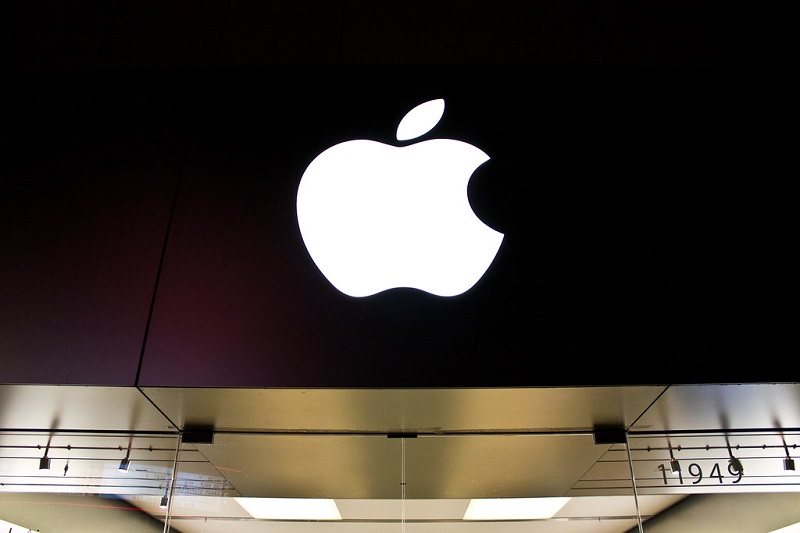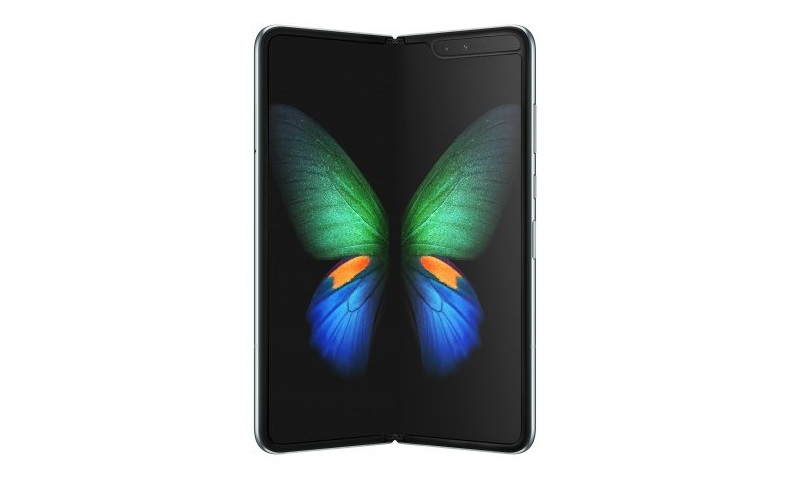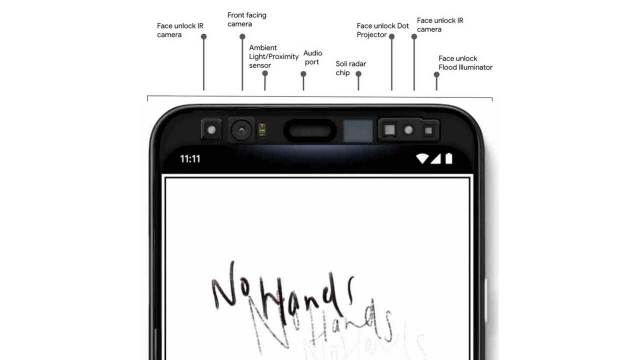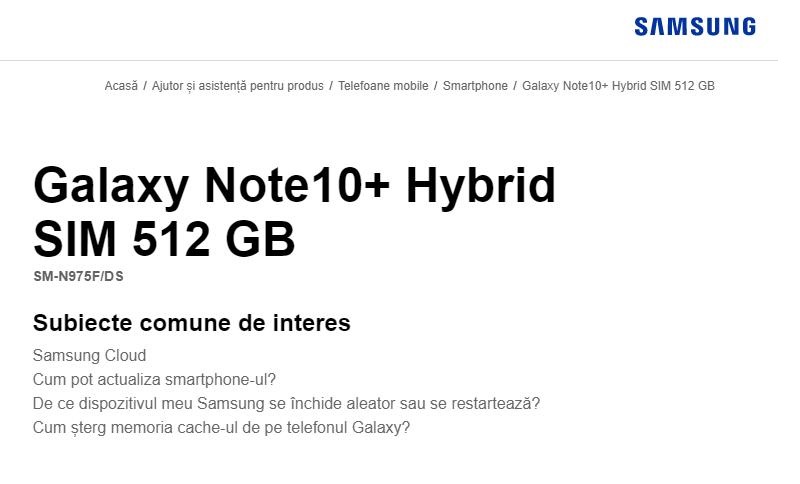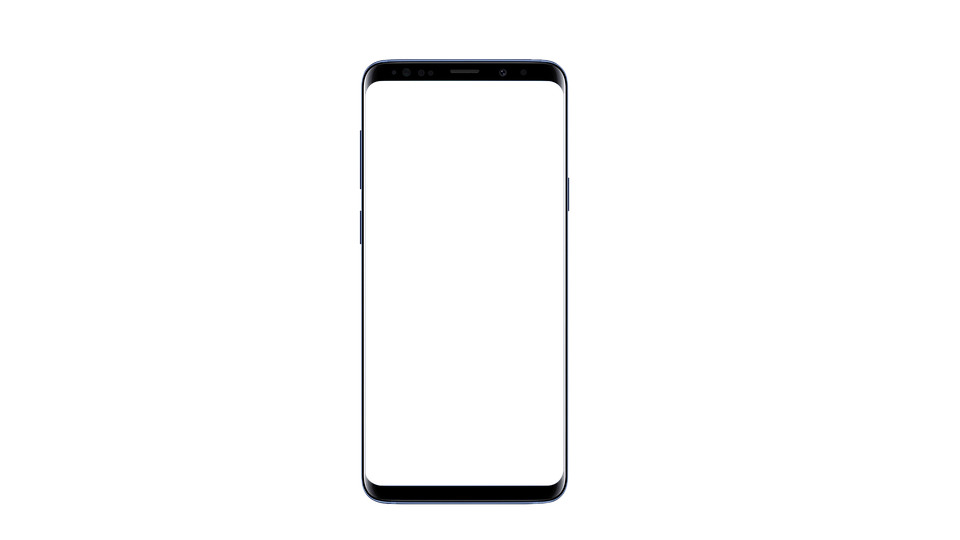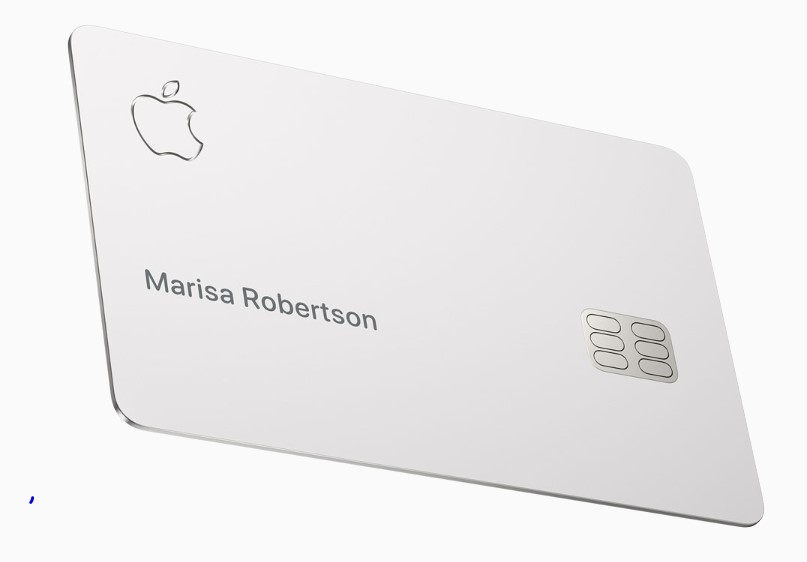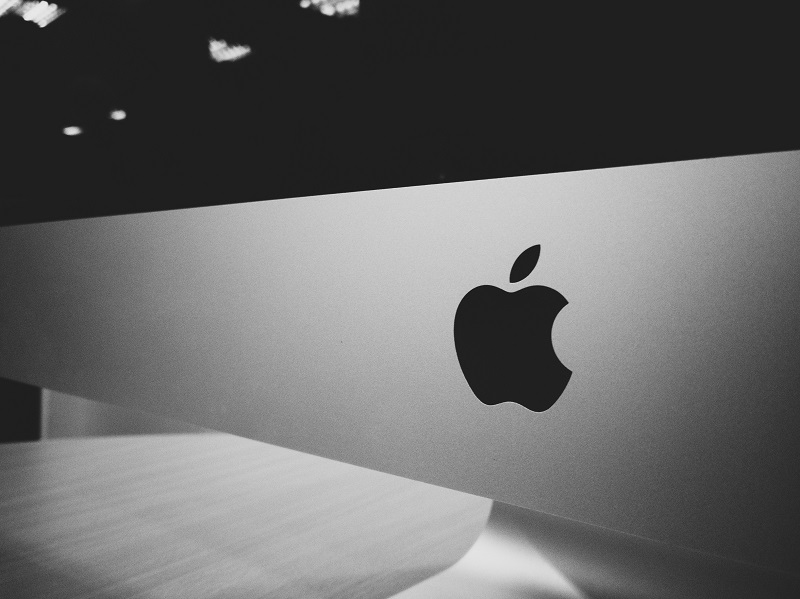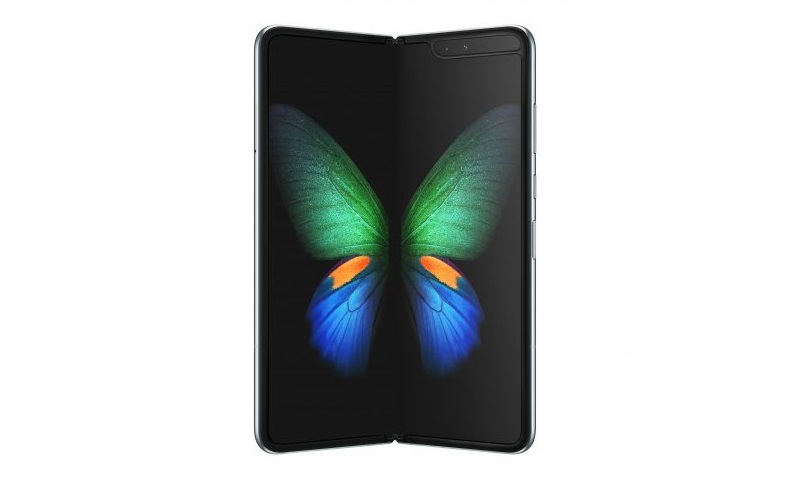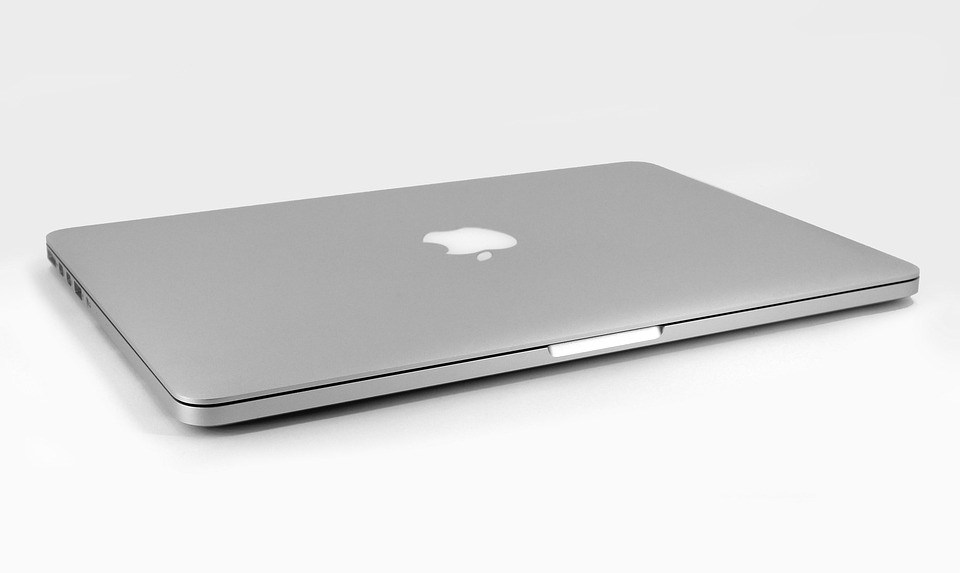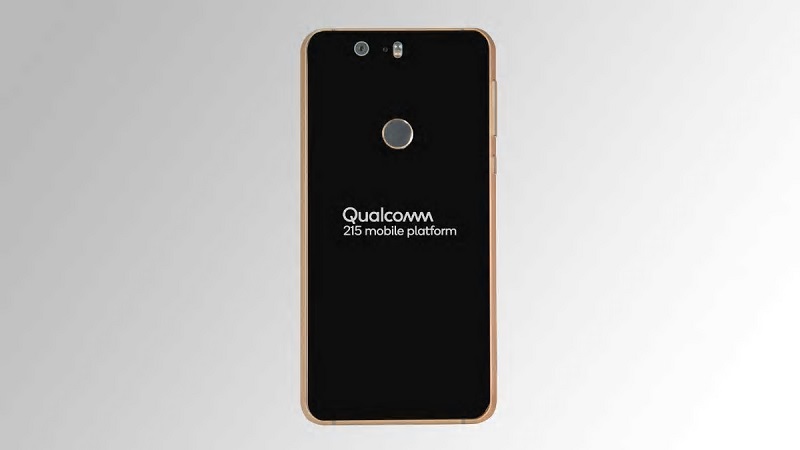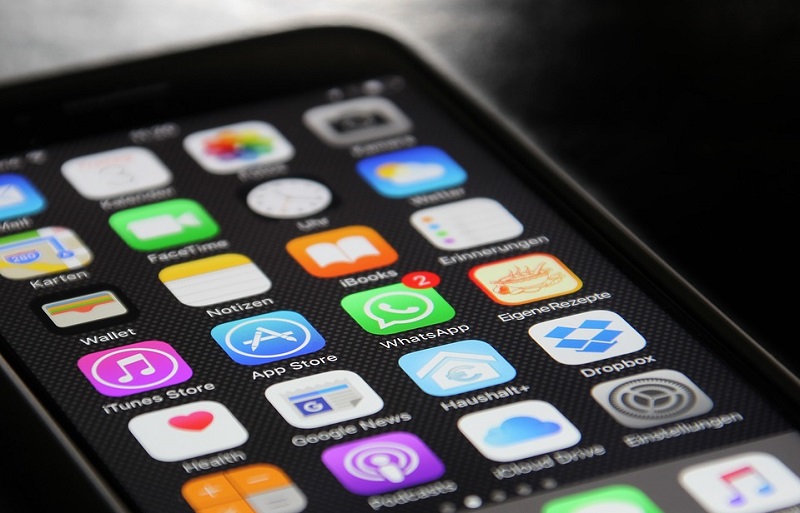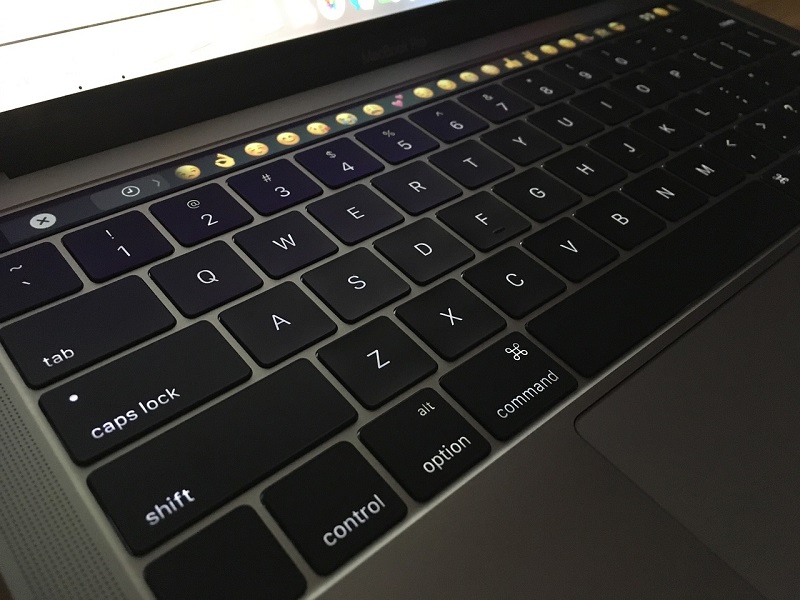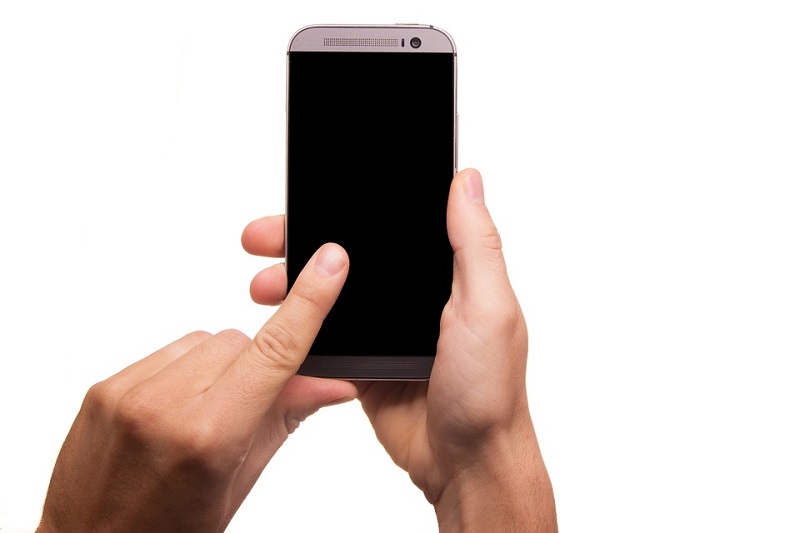It appears the iPhone slowdown saga won’t come to an end, as Apple is being sued again for slowing down iPhones unethically, so to speak. In the lawsuit filed in Northern California, a group of 18 individuals have taken the company to the federal court.
The plaintiffs claim that Apple is apparently responsible for ‘one of the largest consumer frauds history’, as the company intentionally slowed down iPhones starting January 2017.
In late 2017, Apple admitted that it rolled out software tweaks in an iOS update in order to handle battery degradation issues. Shortly after, the company announced a discounted battery replacement program and shipped more iOS updates that showed battery health of every iPhone.
That said, the new lawsuit alleges that Apple did so only to make money, as it forced many customers to purchase new iPhones because of performance issues.
“While Plaintiffs and the class need not attribute any motive behind Apple’s intentional degradation of the Devices, it is evident that Apple continued to do so for the simple reason most frauds are committed: money,” the lawsuit states according to documents obtained by MacRumors.
“Although technically complex in part, the scheme was logical and simple: The Devices were designed defectively, and Apple released software updates to conceal the Defects, all the while exacerbating the effects of the Defects – principally decreased performance – so that Device users had no choice but to purchase new batteries or upgrade their Devices, resulting in additional payments to Apple and a sustained (albeit forced) customer base.”
Apple is yet to offer any statement on this new lawsuit. Sources, however, indicate that the company is currently involved in nearly 60 similar class action lawsuits internationally. Hence, it could take a while before we could arrive at a conclusion for all them.
